I’ve been thinking a lot lately about the role of animal protein in the human diet and the environment; specifically, the meat from herbivores like beef, bison, lamb, and goat. Every time I turn around, a new documentary about global warming is telling me to stop eating beef. There are films, books and blogs citing how much water and grain it takes to produce a hamburger, plus they claim meat production is a source of methane and also happens to be really bad for us nutritionally. I’ve already addressed the water, carbon, methane and nutrition issue here, explaining that “typical” beef requires about 410 gallons of water to produce one pound, a similar amount to avocados, walnuts and sugar, plus beef production can actually help sequester carbon, is not necessarily a source of methane, and is a nutrient-dense food. Grass-fed is even better.
When looking at “feed” input to edible beef output, I’ve seen all sorts of numbers ranging up to 20 pounds of feed per pound of beef. Feed is not always the same word as “grain” and can sometimes refer to hay, corn stalks, and other non-concentrated, non-grain animal feed. For the purpose of this post, I’m going to refer to “feed” as the mix given to cattle at the feedlot.
Before you freak out, I want to make it clear that I’m not advocating we all eat feedlot cattle. I much prefer well managed grass-fed meat to feedlot beef, because the cattle are healthier animals, and it’s better for the soil and human health. What I do want to illustrate here is that beef is not the daemon it’s been made out to be.
I was curious to find out if these high feed conversion ratios attributed to beef were including the full weight of the finished cow, assuming the cow ate grain for it’s entire life, which could really inflate the number. Because it’s expensive to buy feed, a “typical” cow lives the first 12-18 months on pasture, eating grass and other forage, not grain. Pastureland is not suitable for cropping, so the cows are not competing with humans for possible land that could be used to grow vegetables. And, we can’t eat grass or hay. Also, as I describe here, when cows are properly managed, they can actually improve soil quality and help sequester carbon.
When the cattle reach about 600 – 900 pounds they are then transferred to a feedlot (unless they are grass-finished, in which case they spend their entire life on pasture.) The diet the cattle eat at a feedlot is between 70 – 90 percent grain, the other 10 – 30% of cattle feed comes from industrial byproducts like the grain leftover from distilleries, which doesn’t compete with humans for food. At the feedlot, cows gain an average of one pound per six pounds of feed they consume. Market weight is approximately 1,200 – 1,400 pounds at an age of 18 – 22 months.
What a lot of people who are looking to exaggerate numbers like to do is calculate the 6 pounds of grain for the ENTIRE weight of the animal. This makes it look like cattle eat grain their whole life; that the entire 1200 – 1400 pounds has come from grain. Remember that cattle get to the feedlot at 600 – 900 pounds, which means you cannot calculate the prior weight into the grain equation. We’re really looking at an average of about 600 pounds that the cow is gaining at the feedlot. If you then multiply this 600 pounds by six pounds of grain, you get 3600 pounds of grain to produce an animal of 1200 pounds. This ratio of feed to beef is 3:1. Other studies have found the feed conversion ratio for beef even lower, closer to 2.5.
But that’s not the end of the story…
The edible portion of the cow is different than the weight of the live animal. After the animal is slaughtered, the head and organs are removed to produce the carcass. A 1200 pound cow produces a 750 pound carcass. Now, you could argue that the entire cow is required to produce the meat, but these other pieces are actually used in other industries. The hide becomes leather, the bones, fat, intestines are all processed into other items like soap, pet food, fertilizer, and even used to produce pharmaceuticals. I believe that it’s “unfair” to calculate beef byproducts (non-edible meat) into the equation. Once you eliminate the 150 pounds of fat trim and 110 pounds of bone for a 720 pound carcass, you’re left with about 490 pounds of edible beef; cuts like steaks, roasts, short ribs, and ground beef.
[Tweet “Q: How much feed does it take to produce a pound of beef? A: Depends on how you calculate it!”]
If you stop to think about it, a 2.5 or 3:1 ratio of grain to flesh is pretty amazing. We humans are much better off eating one pound of beef compared to what the cows are eating. Feed for cattle includes corn, wheat, soybean hulls, cottonseed meal, corn and soy oils. That looks a lot like the ingredients on many of the highly processed boxes of junk food flooding our grocery store shelves. One pound of beef, which is the most digestible protein, the most bioavailable source of iron, and a fantastic source of B12 (iron and B12 deficiencies are among the leading nutrition issues around the world) is clearly nutritionally superior to this cattle feed.
Chickens and pigs have been promoted as more efficient converters of grain to meat than cows at a 2.5 and 3.5 ratio, respectively. However I want to point out that industrial feed is the only chickens and pigs eat in a “typical model,” meaning in a concentrated animal feeding operation (CAFO). These animals do not spend the first part of their lives on ranches. They’re born indoors and will always stay indoors, under fluorescent lights, in cages. From a humane handling perspective, cattle have it much better off than chickens and pigs. In fact, all poultry is exempt from humane slaughter laws. And if you’re looking to do the “least harm,” meaning kill the least number of animals to support your health, a cow can certainly feed many more people than a chicken or a pig. And, as I mentioned earlier, “typical” feedlot beef spends most of their lives on pasture, and even when they do go to a feedlot, they are able to walk around freely, in the sun. Also, while cattle are accused of “taking up” more land than chickens and pigs, pasture land is not usable as crop land. If you’re looking for the most bioavailable source of protein, that doesn’t compete with humans for food and can actually help sequester carbon, consider eating more pasture-based herbivores like cattle, bison, goats, and sheep.
Because this topic can’t fully be covered by one blog post, you can read more about meat in the following posts:
The water, carbon, methane and nutrition in beef
Why it’s necessary to eat animals (how come we can’t just let them improve the land and live out a “natural” life?)
How it’s actually impossible to be vegan
Red meat and cancer – will it ever stop?
The ethics and impact of eating meat

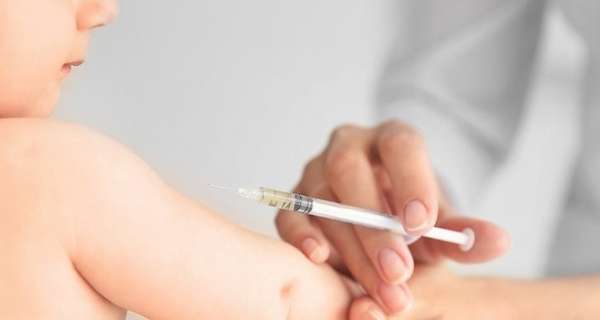


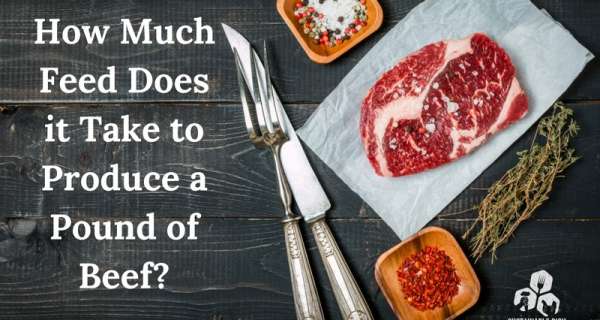


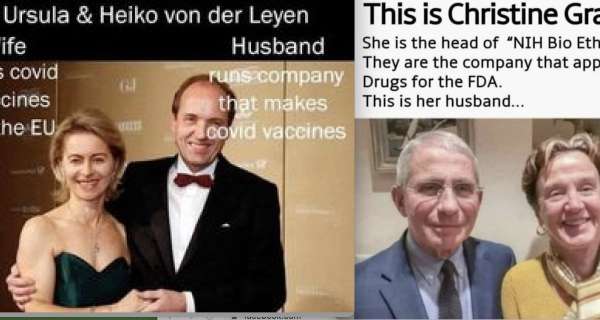


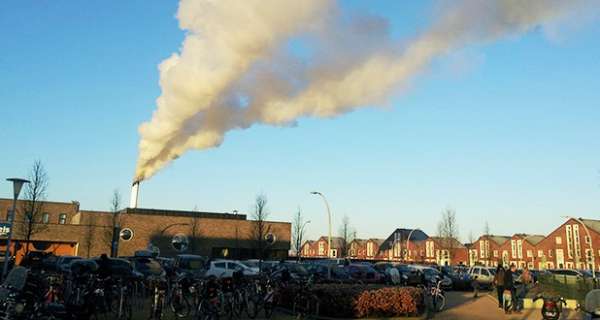







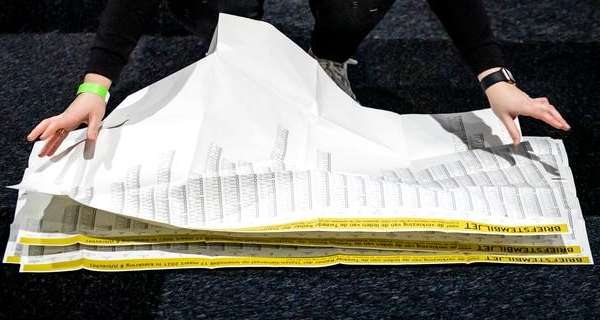

0 Comments